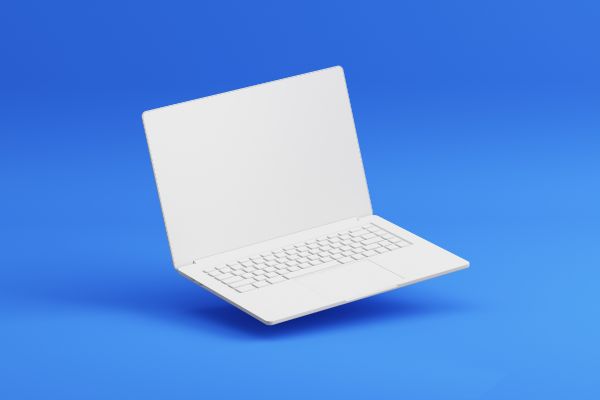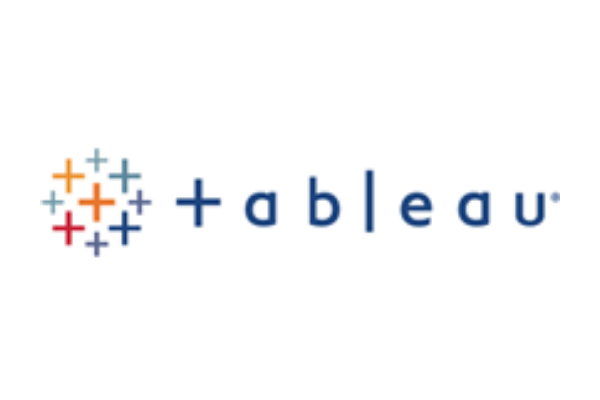Insights
INSIGHTS
All Topics
Charity Digital Exchange: Master data visualisation
We discuss the increasing importance of data visualisation and explore one expert platform that charities can access with a discount on the Charity Digital Exchange
Data analytics is easy to do, but difficult to do well. Almost every platforms offers some form of data analytics, even if minimal, which charities can use to inform their decisions. People perceive data analytics as inherently difficult, but it is made difficult by platforms that provide confusing data, data presented in a strange way, and data that emphasises the wrong narratives.
Data analytics is the art of extraction, taking meaning from information and using it to your advantage. Data visualisation is the representation of that data. It is the act of making data make sense, ensuring data is accessible to everyone. Data visualisation makes the job of data analytics much easier – and optimises the insights that anyone, experts and novices alike, can draw.
In this article, we explore the many benefits of data visualisation. Then we look at a data visualisation platform that can instantly optimise and improve the way you’re using data.
The benefits of data visualisation
There are many profound benefits to data visualisation. Below we look at three of the most important benefits – and suggest how they might improve data analytics at your charity.
Aids general comprehension
Data visualisation transforms complex data sets into visual formats such as charts, graphs, and maps, which makes the data far easier to understand, especially for individuals that seldom work with data. Successful data visualisation tools emphasise patterns, trends, and outliers so they’re easy to notice and easy-to-understand, and present a narrative for the reader.
Most of us are familiar with common types of data visualisation, such as charts, tables, graphs, and infographics. But more specific types are available to grapple more unique data, such as area charts, bubble charts, dot distribution maps, highlight tables, circle views, and so on. The use of such tools allows us to quickly and effectively understand data, often in a matter of seconds.
Improves decision-making
Better comprehension and a greater understanding of patterns, trends, and outliers allows charities to make much better decisions. Data presented in an effective and accessible way allows you to grasp opportunities and mitigate risks – and find the best course of action to do so.
More information is not necessarily better, especially if the information is hard to read, or the important data is lost amid the rest of the data. But visualisation allows you to make decisions with the right data, often presented in a way that shows you exactly where the emphasis lies.
Data tells myriad stories. Data visualisation brings important stories to life.
Greater buy-in and engagement
Few people would argue that data is the most stimulating aspect of working life. People tend to avoid data, if they can. But data visualisation adds an appealing element, allowing users to explore vast amounts of data quickly and effectively – in a much more engaging fashion.
Data visualisation platforms like Tableau offer myriad functions that allow you to filter and drill down into layers of data – and ultimately analyse the information in a more dynamic way.
A tool for data visualisation
Tableau Desktop and Tableau Prep Builder are software applications for data preparation, analysis, and visualisation. Tableau allows users to make the most of available data. It offers a drag-and-drop interface, allowing users to connect to other data dashboards, create and share effective and accessible data visualisations, and prepare everything for effective analysis.
The platform reduces the amount of time it takes to prepare a report and allows you to combine, shape, and clean data in preparation for analysis. Automation of tasks is made simple, with the ability to group similar objects, replace data from other fields, and create automatic calculations.
The platform provides transparency to donors and funders through interactive visuals that illustrate programme progress and impact. Among other things, the platform allows users to:
- Prepare data types: Tableau can take data from various sources and creates associations
- Visualise in different ways: Allows users to display data in various ways, including as a map, bar chart, pie chart, heat map, area map, and various more specific types of visualisation
- Present with dashboard: You can create dashboards that display several different visualisations at once, allowing you to clearly view your data in myriad different ways
- Create stories: You can create a sheet that contains a sequence of worksheets and dashboards that work together to convey information
- Filter visualisations: You can set up filters to choose to view parts of the data at a time, so that you can, for example, view the data for a particular region and income level
- Share across organisations: You can share Tableau workbooks with other Tableau Desktop users, as static images or PDF files, through the free Tableau Reader, or online with Tableau Public
To access Tableau, check out the Charity Digital Exchange. The discounted offer includes a two-year licence for both Tableau Desktop and Tableau Prep Builder for one user. The user can use the software on up to two devices. Click below for more details.
Check out the ONS webinar series
If you’re interested in learning more about data visualisation, the Office for National Statistics are holding a webinar series on ’Bringing data to life’. The series explores the life cycle of how official statistics are created, from gathering the data to releasing the figures that make a difference.
To find out how you can access the series, click the link below.
Find out more
Check out the ONS webinar series
Ioan Marc Jones
More on this topic
Recommended Products
Featured Products
Our Events
Charity Digital Academy
Our courses aim, in just three hours, to enhance soft skills and hard skills, boost your knowledge of finance and artificial intelligence, and supercharge your digital capabilities. Check out some of the incredible options by clicking here.





















